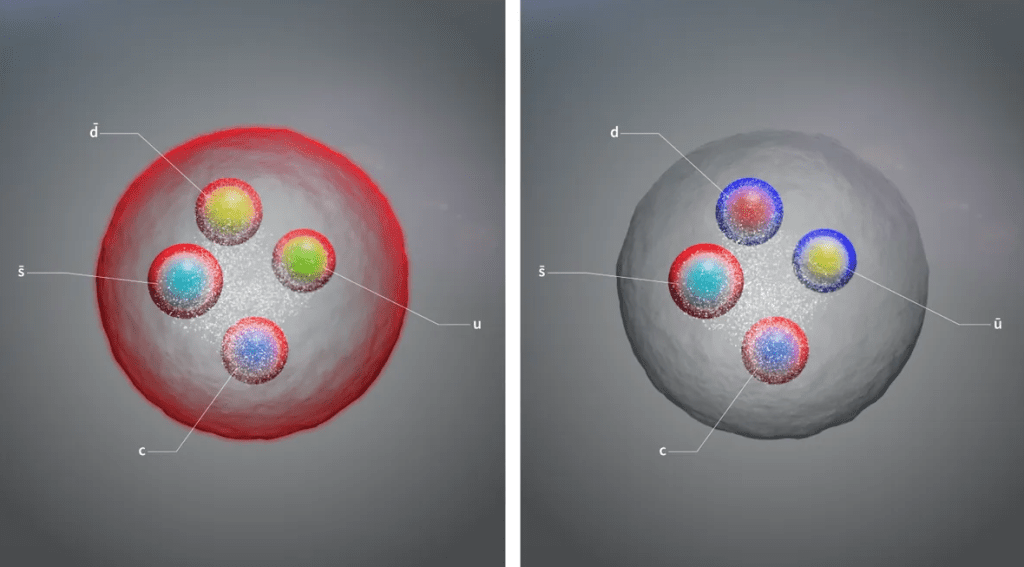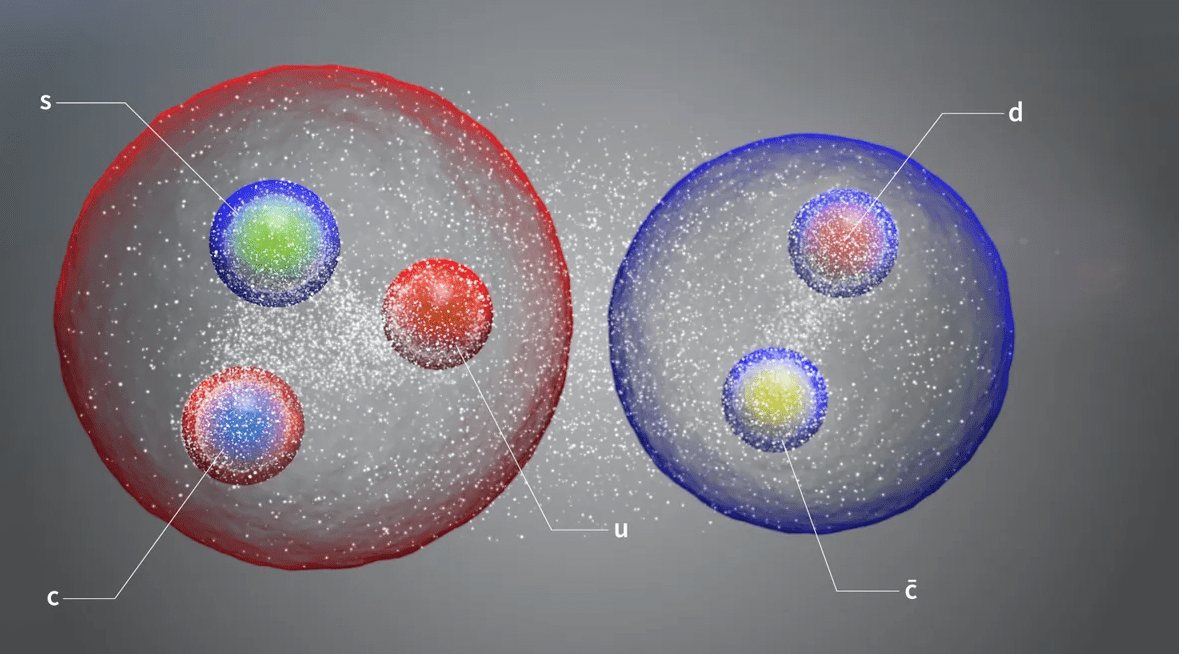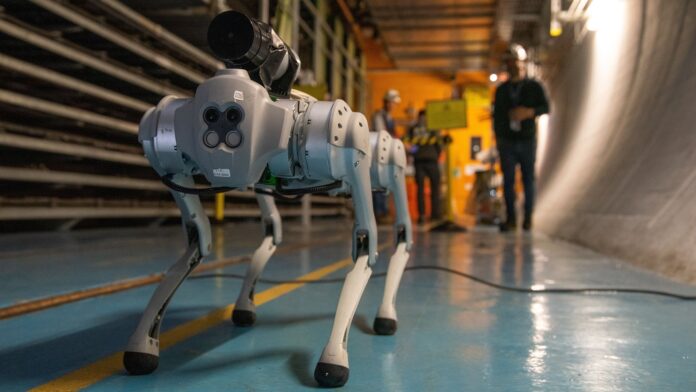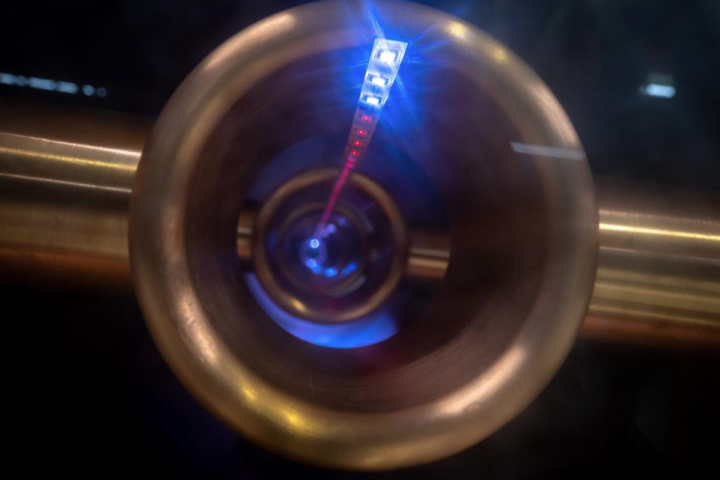The list of unusual hadrons found at CERN has grown thanks to the worldwide LHCb collaboration’s discovery of a novel kind of “pentaquark” particle and the first-ever pair of “tetraquarks” at the Large Hadron Collider (LHC).
Protons and neutrons, which have three quarks apiece, make up the vast majority of hadrons, or quark-based particles. Quarks come in three families-up and down, charm and weird, and top and bottom-and there are six different forms of each. Each is, respectively, two-thirds and one-third less charged than a proton.
- A recent study discovered that excessive video gaming may be enhancing an unexpected life skill
- Five important facts we learned from five breathtaking photos shared by NASA!
The proton is positively charged because it is composed of two up quarks and one down quark. A neutron is made of one up and two down. These types of particles, which have an odd number of quarks, are referred to as baryons. Mesons, which are frequently formed of one quark and its antiquark, which has the same mass but the opposite charge, are known if they have an even number.
The Belle collaboration in Japan, Fermilab, and LHCb has demonstrated during the past 20 years that it is possible to produce heavier baryons and mesons, which was predicted sixty decades ago. The recently found pentaquark is composed of charm quarks, charm antiquarks, up, down, and weird quarks. This pentaquark, which has a weird quark for the first time, was identified with a statistical significance of 15 sigmas. 5 sigmas is the gold standard for discoveries.

The second finding is a pair of tetraquarks. The first one is composed of an up quark, a down antiquark, a charm quark, and a strange antiquark and has twice the charge of a proton. Along with its neutral counterpart, which is composed of a charm quark, an odd antiquark, an up antiquark, and a down quark, it was found.
Niels Tuning, the coordinator of LHCb physics, stated in a statement, “The more analyses we run, the more kinds of exotic hadrons we find.” In the 1950s, a ‘particle zoo’ of hadrons began to be discovered, which eventually led to the quark model of conventional hadrons in the 1960s. We are currently in a similar period of discovery. Particle Zoo 2.0 is what we’re making.
We are learning more about the strong nuclear force, which holds the quarks in a particle together, thanks to the discovery of new and unusual hadrons. It is uncertain whether the quarks in unusual hadrons form loosely bound triples and couples or if they all adhere securely to one another. More research is required.
According to Chris Parkes, spokesman for the LHCb, “Finding new types of tetraquarks and pentaquarks and measuring their properties will help theorists construct a unified model of exotic hadrons, the exact nature of which remains mostly unknown.” It will also make ordinary hadrons easier to comprehend.
The third run of the LHC, which will last for roughly four years, just started yesterday. It is anticipated that the newly upgraded LHCb detector would gather ten times as much data as the previous run.



